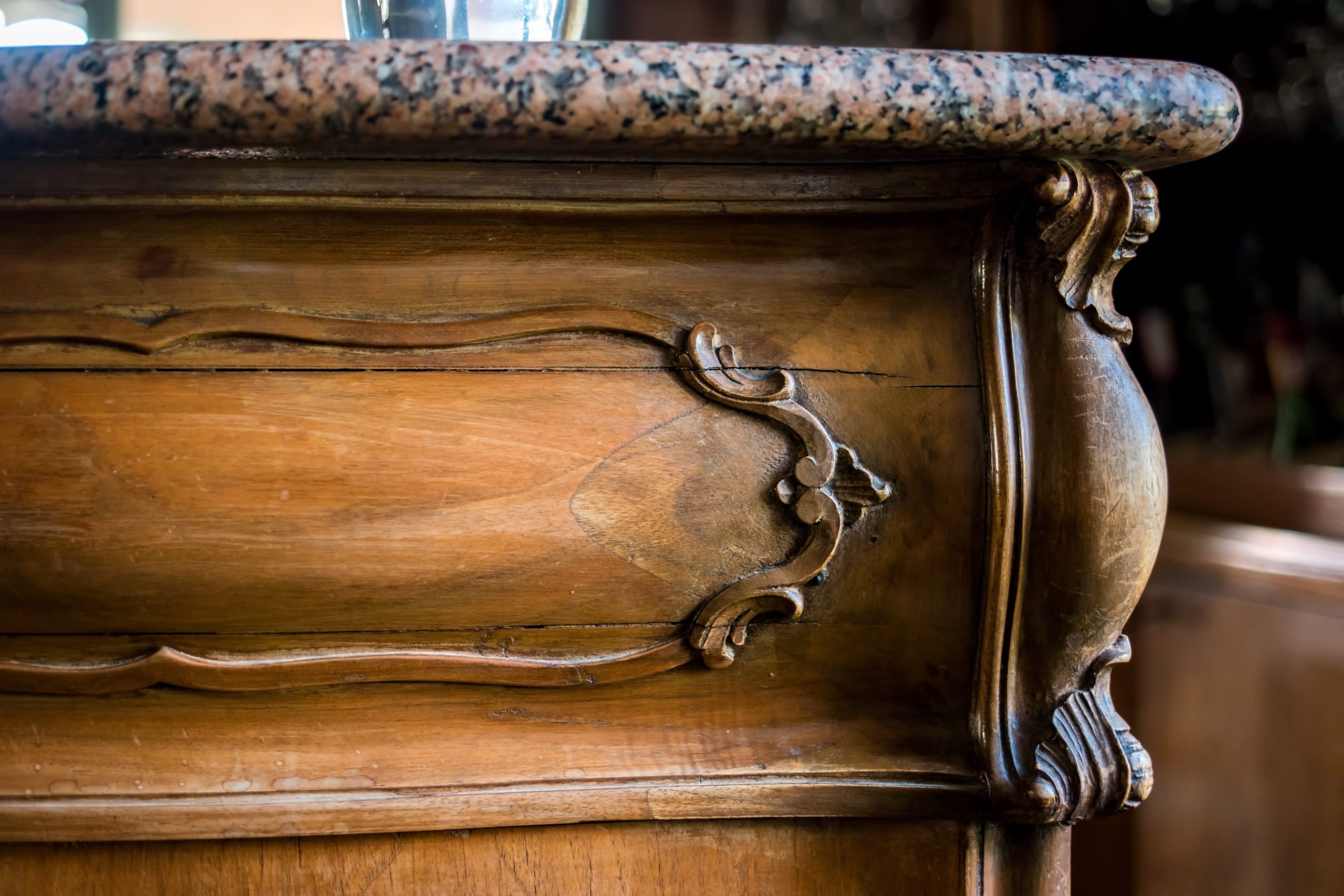Furniture is not just a functional necessity; it’s a reflection of personal style and taste. From classic and timeless designs to modern and eclectic pieces, the world of furniture is diverse and ever evolving. In this guide, we will explore some of the different types of furniture styles that have shaped interiors over the years.
1. Traditional Furniture Style:
Characteristics: Rich woods, intricate detailing, and a sense of formality define traditional furniture. Pieces often draw inspiration from historical design periods such as the Renaissance, Baroque, and Victorian eras. Wingback chairs, Queen Anne tables, and ornate wooden cabinets are common in traditional interiors.
Materials: Mahogany, cherry, and walnut are popular choices for traditional furniture. Upholstery features classic patterns like damask and brocade.
2. Modern Furniture Style:
Characteristics: Clean lines, minimalistic design, and functionality are hallmarks of modern furniture. This style emerged in the early to mid-20th century and is associated with the Modernist movement. Think of iconic pieces by designers like Le Corbusier and Charles and Ray Eames.
Materials: Modern furniture often features materials like steel, glass, and molded plywood. Neutral colors and bold, geometric shapes are prevalent.
3. Contemporary Furniture Style:
Characteristics: While “modern” refers to a specific design period, “contemporary” refers to what is popular right now. Contemporary furniture is ever-changing and reflects current design trends. It often combines elements from various styles to create a fresh and eclectic look.
Materials: Contemporary furniture can incorporate a range of materials, including metal, glass, and innovative synthetics. It embraces a neutral color palette with occasional pops of bold color.
4. Mid-Century Modern Furniture Style:
Characteristics: This style, popularized in the mid-20th century, features sleek lines, organic shapes, and a connection with nature. Mid-century modern pieces often have tapered legs, clean silhouettes, and a focus on functionality.
Materials: Wood, particularly teak and walnut, is a prevalent material in mid-century modern furniture. Plastic and fiberglass are also common for chairs and tables.
5. Rustic Furniture Style:
Characteristics: Inspired by the simplicity and ruggedness of country living, rustic furniture is characterized by its natural and raw aesthetic. Distressed wood, simple lines, and a cozy, welcoming feel define this style.
Materials: Solid wood, often with a distressed or reclaimed finish, is the primary material for rustic furniture. Metal accents and natural fabrics complement the look.
6. Industrial Furniture Style:
Characteristics: Drawing inspiration from factories and warehouses, industrial-style furniture is known for its raw and utilitarian appeal. Exposed brick, metal pipes, and reclaimed wood are common elements.
Materials: Metals like steel and iron play a significant role in industrial furniture. Distressed finishes and a mix of textures add character.
7. Art Deco Furniture Style:
Characteristics: Glamorous and opulent, Art Deco furniture emerged in the 1920s and 1930s. It features bold geometric patterns, luxurious materials, and a sense of decadence.
Materials: Exotic woods, lacquered finishes, and chrome accents are prevalent in Art Deco furniture. Mirrored surfaces and intricate inlay work are also common.
8. Shabby Chic Furniture Style:
Characteristics: Shabby chic combines vintage elements with a relaxed, lived-in look. Furniture in this style often appears gently worn or distressed, creating a cozy and nostalgic atmosphere.
Materials: Light-colored wood, often with a weathered finish, is common in shabby chic furniture. Soft, pastel colors and floral patterns are typical for upholstery.
9. Scandinavian Furniture Style:
Characteristics: Known for its simplicity, functionality, and connection to nature, Scandinavian design emphasizes clean lines and practicality. The style emerged in the mid-20th century and is associated with Nordic countries.
Materials: Light-colored woods such as pine and beech are prevalent in Scandinavian furniture. Functionality is key, with an emphasis on modular and versatile pieces.
10. Bohemian Furniture Style:
Characteristics: Bohemian, or boho, style is eclectic and free-spirited. It embraces a mix of patterns, textures, and colors from various cultures and eras. Furniture often appears mismatched but coordinated in a way that feels effortlessly chic.
Materials: Natural materials like rattan, wood, and textiles with vibrant patterns are common in bohemian furniture. The key is a relaxed and laid-back vibe.
Choosing Your Style:
Your choice of furniture style depends on personal preferences, the overall aesthetic of your home, and the functionality you need. Whether you gravitate towards the timeless elegance of traditional furniture or the sleek simplicity of modern design, at Mary Jane’s Solid Oak furniture you can explore different styles to help you create a home that truly reflects your taste and personality.

